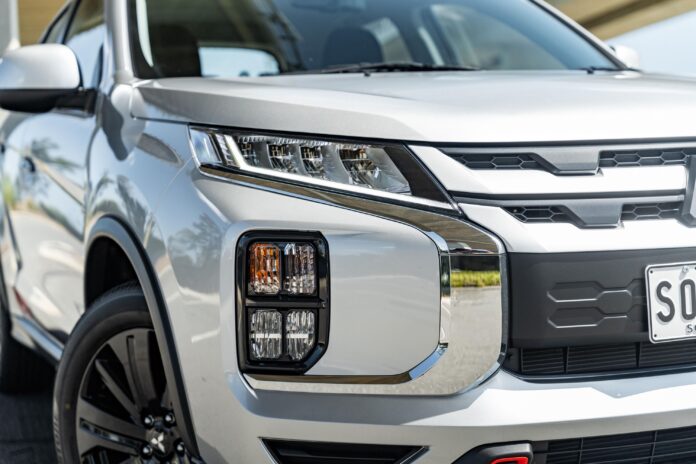A Veteran in the Small SUV Segment
The 2025 Mitsubishi ASX continues its impressive run as one of the most affordable small SUVs on the market. Initially launched in 2010, this model has gone through several updates but remains based on the same aging platform. With new competitors like the MG ZS, GWM Haval Jolion, and Chery Omoda 5 raising the bar in terms of technology, safety, and refinement, the question is: does the ASX still offer enough to make it a worthwhile choice in 2025?
In this detailed review, we’ll explore every aspect of the Mitsubishi ASX, including its design, interior, performance, practicality, safety, and running costs, while comparing it to its closest rivals. This review is optimized for SEO, so whether you’re here for specs, expert insights, or to decide if the ASX is your next vehicle, you’re in the right place.
Exterior Design: Aging Gracefully
The Mitsubishi ASX has undergone four facelifts since its debut, with the most recent update in 2019. While its age shows in certain aspects, the overall design still manages to hold up well.
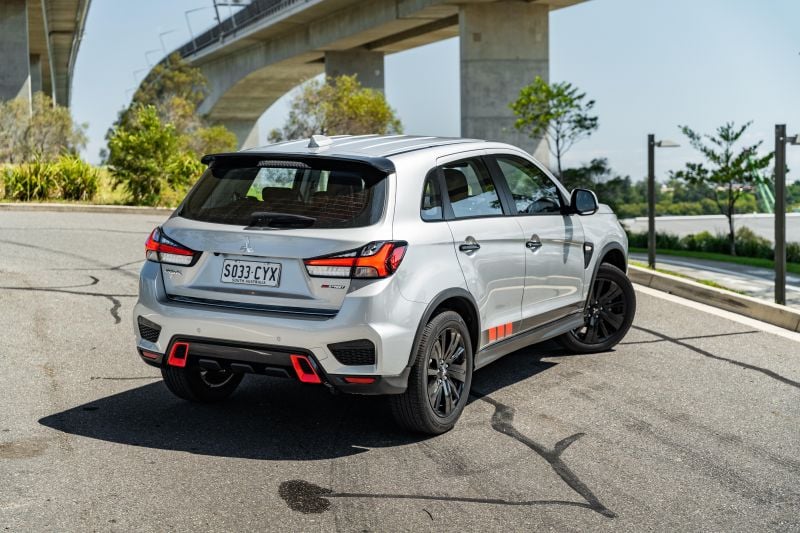
Key Features of the 2025 Mitsubishi ASX Exterior:
- Compact Proportions: At 4365mm long, the ASX is slightly smaller than many rivals, making it easier to navigate in urban areas.
- LED Lighting: All variants come with LED headlights and daytime running lights, giving the ASX a modern edge.
- Wheel Options: The base GS trim features 16-inch wheels, while higher trims like the ES and LS get 18-inch alloys.
- Street Package Styling: Optional on the ES trim, this package adds black skid plates, decals, and a sportier look. However, it’s purely cosmetic and doesn’t justify the $2500 cost.
While the ASX’s design isn’t as bold or contemporary as newer models like the Chery Omoda 5, its understated and practical approach still appeals to many buyers who prefer simplicity over flashiness.
Interior and Technology: Showing Its Age
Step inside the ASX, and you’re greeted by a dashboard layout that remains largely unchanged since 2010. While the overall build quality is solid, the design and features feel outdated compared to modern SUVs.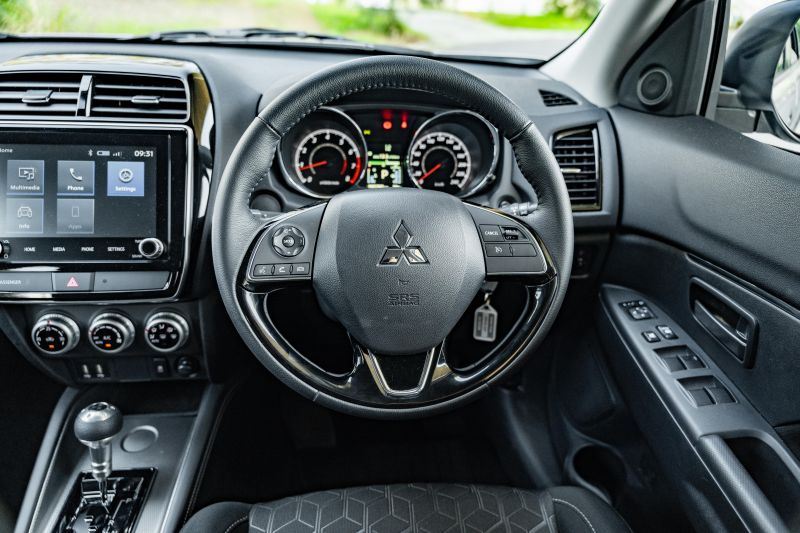
Cabin Highlights:
- Infotainment: The 8-inch touchscreen offers wired Apple CarPlay and Android Auto, ensuring compatibility with modern smartphones. However, the system’s dated graphics and lack of wireless connectivity are notable drawbacks.
- Comfortable Seating: The front seats are well-padded and supportive, though finding an ideal driving position can be tricky due to the lack of seat height adjustment.
- Rear Space: With decent legroom and a high seating position, the ASX accommodates rear passengers well, but taller occupants may find the headroom insufficient.
- Storage and Practicality: A 393L boot is competitive for the class, expanding to 1193L with the rear seats folded. However, a lack of rear USB ports and air vents highlights its age.
SEO Focus for Interior Features:
When researching the Mitsubishi ASX interior, common queries include:
- Does the Mitsubishi ASX have Apple CarPlay?
- How spacious is the ASX compared to competitors?
- Is the Mitsubishi ASX good for families?
By addressing these queries, this section ensures relevance for SEO purposes.
Performance and Driving Experience: Capable But Dated
The 2025 Mitsubishi ASX is powered by a 2.0L naturally aspirated 4-cylinder engine producing 110kW and 197Nm. While this engine provides adequate performance for daily driving, it falls behind turbocharged rivals in terms of refinement and fuel efficiency.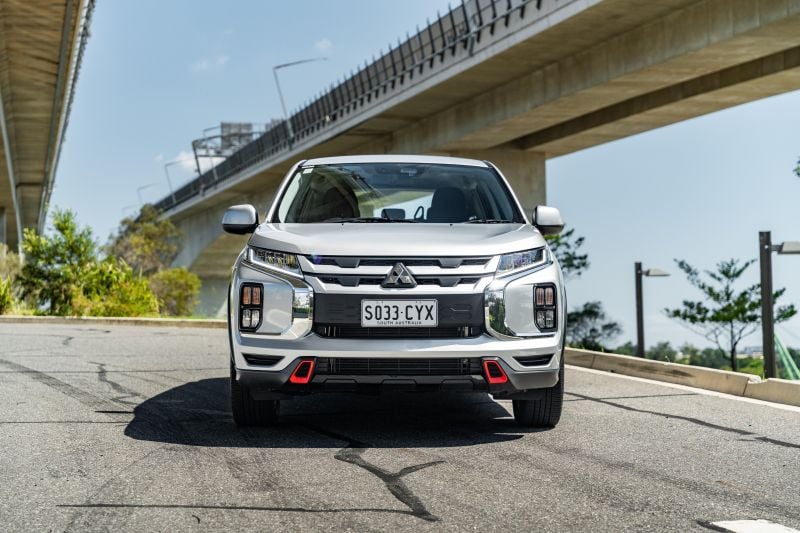
Performance Metrics:
- 0-100km/h Time: Around 10 seconds, which is competitive for the segment.
- Transmission: A CVT automatic handles power delivery, offering smooth operation but amplifying engine noise under acceleration.
- Fuel Economy: Mitsubishi claims 7.6L/100km, but real-world testing shows figures closer to 8.9L/100km in mixed driving conditions.
The ASX’s steering feels inconsistent, especially at low speeds, and its handling is far from sporty. However, the ride comfort is decent, absorbing bumps well on urban roads.
Driving Experience in Context:
Compared to rivals like the MG ZS and Suzuki Vitara, the ASX’s driving dynamics feel outdated. The lack of features like adaptive cruise control and lane-keeping assist is a noticeable downside, particularly for buyers seeking modern safety technology.
Safety: Falling Behind Modern Standards
The ASX was awarded a five-star ANCAP safety rating in 2014, but this has since expired. While it includes essential features like autonomous emergency braking (AEB), it lacks advanced systems found in newer competitors.
Standard Safety Features:
- Seven Airbags: Including a driver’s knee airbag.
- Lane Departure Warning: Alerts the driver if the vehicle drifts out of its lane.
- Reversing Camera: Standard across all trims, though resolution is average.
Higher trims like the LS add blind-spot monitoring and rear cross-traffic alert, but even these are becoming standard in lower-priced rivals.
Running Costs: Affordable But Service-Dependent
Mitsubishi offers an industry-leading 10-year/200,000km warranty, provided you service the car exclusively at Mitsubishi dealerships. Otherwise, the warranty reverts to five years/100,000km.
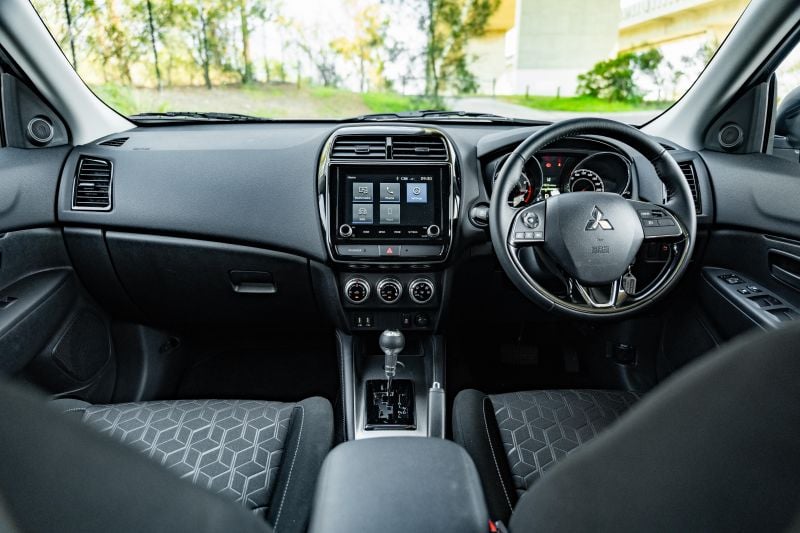 Service Costs:
Service Costs:
- Capped-Price Servicing: Over 10 years, servicing costs total $5020, with intervals of 12 months or 15,000km.
- Fuel Costs: The ASX’s real-world fuel consumption of 8.9L/100km places it on the thirstier side of the small SUV spectrum.
Competitor Comparisons: Mitsubishi ASX vs the Rivals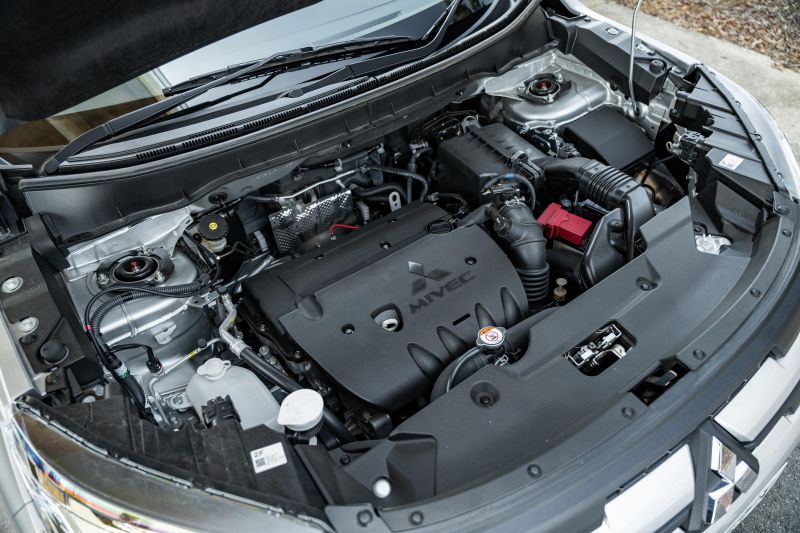
To truly understand the ASX’s place in the market, we need to compare it to key competitors:
MG ZS:
- Strengths: Cheaper starting price, more advanced infotainment, and better safety tech.
- Weaknesses: Shorter warranty and lower resale value.
GWM Haval Jolion:
- Strengths: Modern interior design, generous standard equipment, and competitive pricing.
- Weaknesses: Uncertain long-term reliability.
Suzuki Vitara:
- Strengths: Excellent handling, proven reliability, and strong resale value.
- Weaknesses: Smaller cabin and higher starting price.
Chery Omoda 5:
- Strengths: Futuristic styling, cutting-edge safety features, and competitive pricing.
- Weaknesses: New brand with limited Australian track record.
Verdict: Is the 2025 Mitsubishi ASX Still a Good Buy?
The 2025 Mitsubishi ASX is a practical, affordable, and proven option in the small SUV segment. However, its dated platform, lack of modern safety features, and uninspiring driving dynamics make it a tough sell against newer rivals.
If you’re set on an ASX, the ES trim offers the best value. But if you’re open to exploring alternatives, models like the MG ZS or GWM Haval Jolion provide better overall packages at similar price points.
FAQs About the 2025 Mitsubishi ASX
1. Is the Mitsubishi ASX fuel-efficient?
The ASX has an official fuel consumption rating of 7.6L/100km, but real-world figures are closer to 8.9L/100km.
2. Does the ASX have advanced safety features?
While it includes basics like AEB and lane departure warning, it lacks adaptive cruise control and blind-spot monitoring in lower trims.
3. How much does the ASX cost to maintain?
Capped-price servicing totals $5020 over 10 years, with annual intervals.

